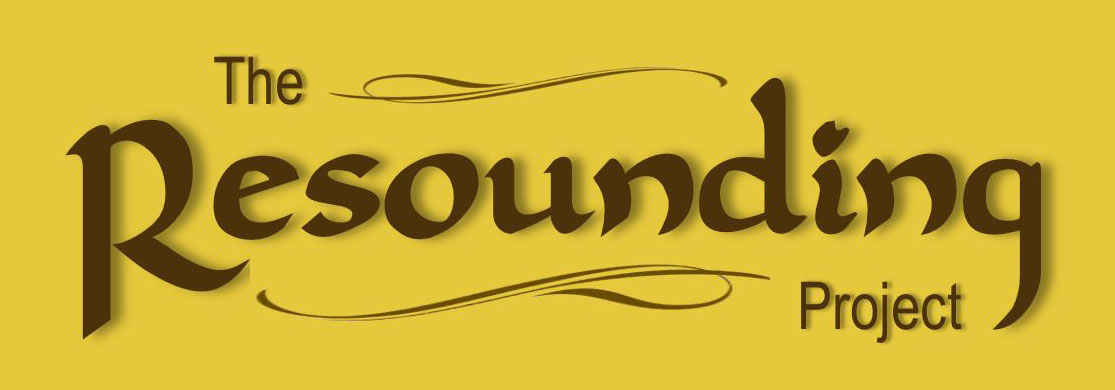

| The Project |
The Music |
The Instruments |
Blogs & Contact |

All of the instruments used in the RESOUNDING PROJECT are period instruments constructed only from materials available during that period. They are accurate based on the best research available regarding dimensions, joinery, internals, and tunings.
For the designs, I rely heavily on manuscripts, illustrations, and written descriptions. Earlier instruments tend to be based more on artwork of the period, since written specifications are rare.
When I construct an instrument, I consider its purpose within four possible categories. This determines the actual materials, methods, and degree of accuracy that I use.
Category 1 - Display
Intended to be only a visual/artistic reconstruction of the instrument. May not be playable.
Category 2 – Educational/Performance
To be used primarily as an educational resource, allowing the player and audience to see and hear a reasonable recreation. Not using period tools or material, although the general construction is highly based on a real instrument or combination of characteristics from similar instruments.
Category 3 – Research
An instrument that is constructed of period materials and has the same structure and features of the period instrument. Modern tools and methods may have been used to achieve these results.
Category 4 – Museum
The instrument for all practical purposes is the same as the original. Period tools, materials, and methods were used to make an artifact that is modeled after a known instrument.
All of the instruments heard in the RESOUNDING PROJECT are of category 3 or 4 standards.

| Lion Harp
Modeled after one of the sculpted instruments of the Twenty-four Elders arching over the Portico da Gloria in the Santiago de Compostela Cathedral, circa 1188. |
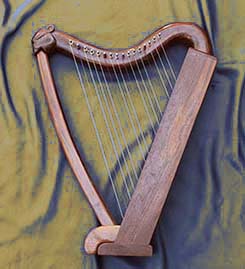 |
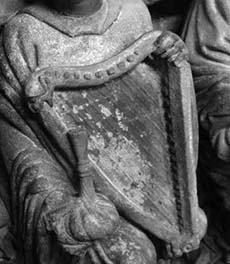
|
| CSM10 Citole
Four-string citole depicted in the illumination for the 10th cantiga in the Cantigas de Santa Maria. |
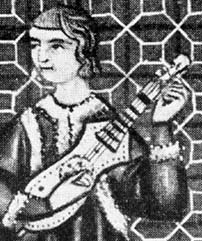 |
 |
| Parma Citole
A reconstruction of the citole featured in a Benedetto Antelami baptistry sculpture in Parma, Italy, c. 1180. |
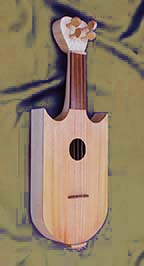 |
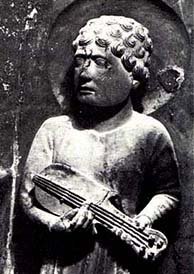
|
| CSM210 Viol
This bowed viol is essentially the cello of the consort. It has 3 gut strings stretched over a tunable goatskin head. |
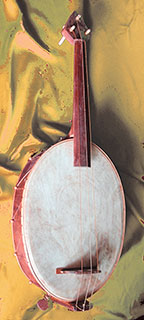 |
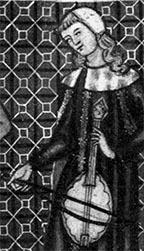
|
| Organistrum
A cranked stringed instrument similar to a hurdy-gurdy. This instrument is based on the one in the center of the Portico da Gloria. |
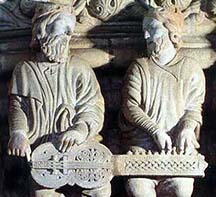 |
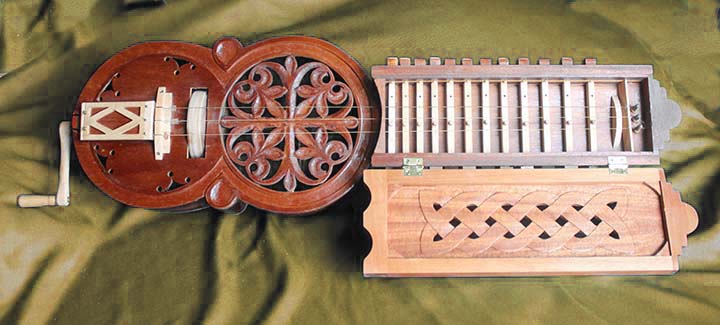 |
| PG9 Citole
A plucked citole played by the 9th Elder in the Portico Gloria sculpture. |
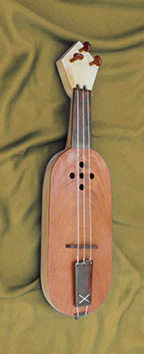 |
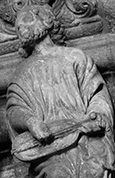
|
| Lincoln Cathedral Citole
An angelic instrument from a sculpture in the cathedral at Lincoln, England, c. 1270. |
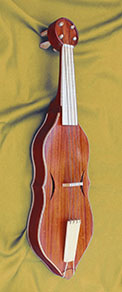 |

|
| CSM70 Psaltery
Based on the illumination for Cantiga 70. |
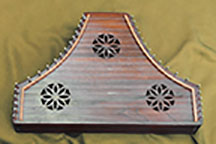 |

|
| Rebec
Bowed rebecs were quite varied in shape and size. This one is modeled after "King David with Musicians" from Koninklijke Bibliotheek, The Hague, MS 76E II, circa 1200. |
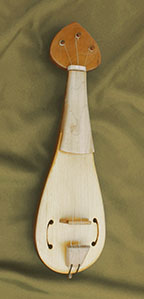 |
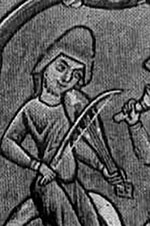
|
| CSM50 Psaltery
A double-course psaltery patterned after those illustrating CSN 50. |
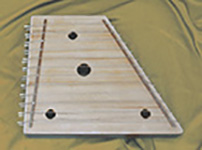 |
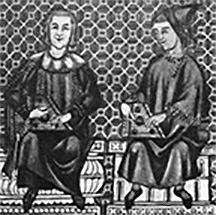
|
| CSM80 Psaltery
A simple, rectangular psaltery as seen with Cantiga 80. |
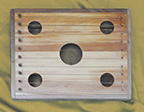 |
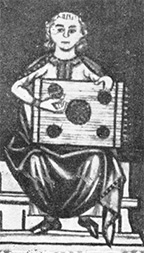
|
| CSM290 Psaltery
An unusual psaltery with 4 courses of 4 metal strings. |
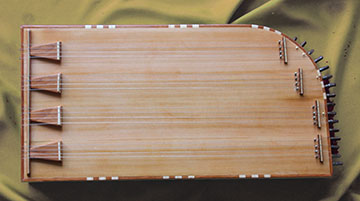 |
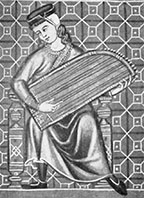
|